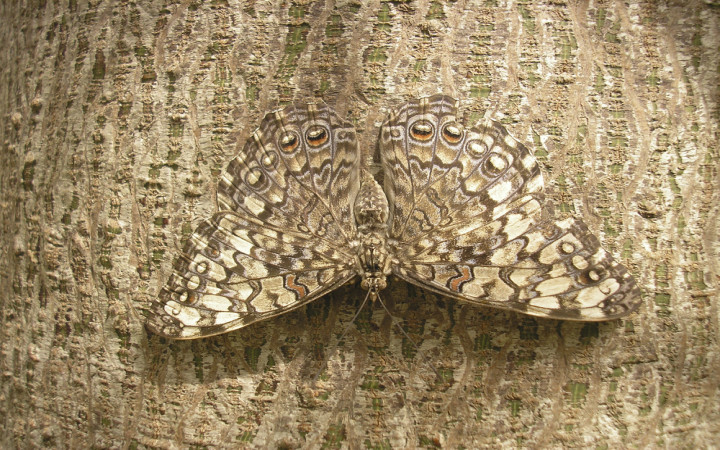5… 4… 3… 2… 1…ready or not, here we come! Playing hide and seek is one of the great joys of childhood. For animals in the wild, though, playing hide and seek is more than a game. For many, it's a matter of life and death!
If you've ever learned about a food chain in nature, you know that some animals eat others. The animals that hunt others are called predators. The animals they hunt are called prey.
Prey animals often use camouflage to hide from predators. Camouflage is a way of hiding that allows an animal to blend in with its environment or otherwise go unnoticed by predators. Predators also sometimes use camouflage so as not to be detected by their prey.
There are four basic ways animals camouflage themselves. First, some animals hide themselves by staying against a background that matches their color.
We call this simple method concealing coloration. For example, the snowy owl's white coloring helps it blend in with its snowy surroundings.
Of course, as seasons change, some animals find that their winter coloring no longer helps conceal them in warmer weather.
As a result, some animals change coloration throughout the year to keep up with changing seasons. Environmental cues, such as the temperature or the amount of daylight, may trigger these changes. One example is the arctic fox, which is stark white in the winter and a grayish-brown in the summer.
Other animals have unique markings, such as spots, stripes, and patterns, that you might think would make them stand out too much. These special markings — called disruptive coloration — can actually help break up their outline, so that they don't stand out.
For example, a zebra's stripes help it blend in. Although we can clearly see zebras, colorblind lions often see their stripes as blending in with tall grasses.
Some really clever animals blend in with their surroundings by looking like a common object. We call this method disguise.
For example, the walking stick is an insect that looks so much like a branch that it can be nearly impossible to spot in the wild!
The last method of camouflage animals might use is called mimicry. Animals that use mimicry help keep themselves safe by looking like another dangerous, poisonous, or bad-tasting animals.
For example, the Viceroy butterfly mimics the look of the poisonous Monarch butterfly to avoid predators.
No discussion of camouflage would be complete without mentioning that ultimate color-changer, the chameleon. Chameleons are widely known for their ability to change their skin color.
However, what many people may not realize is that chameleons tend to change their skin color when their mood changes, not to camouflage themselves in new or different surroundings!




